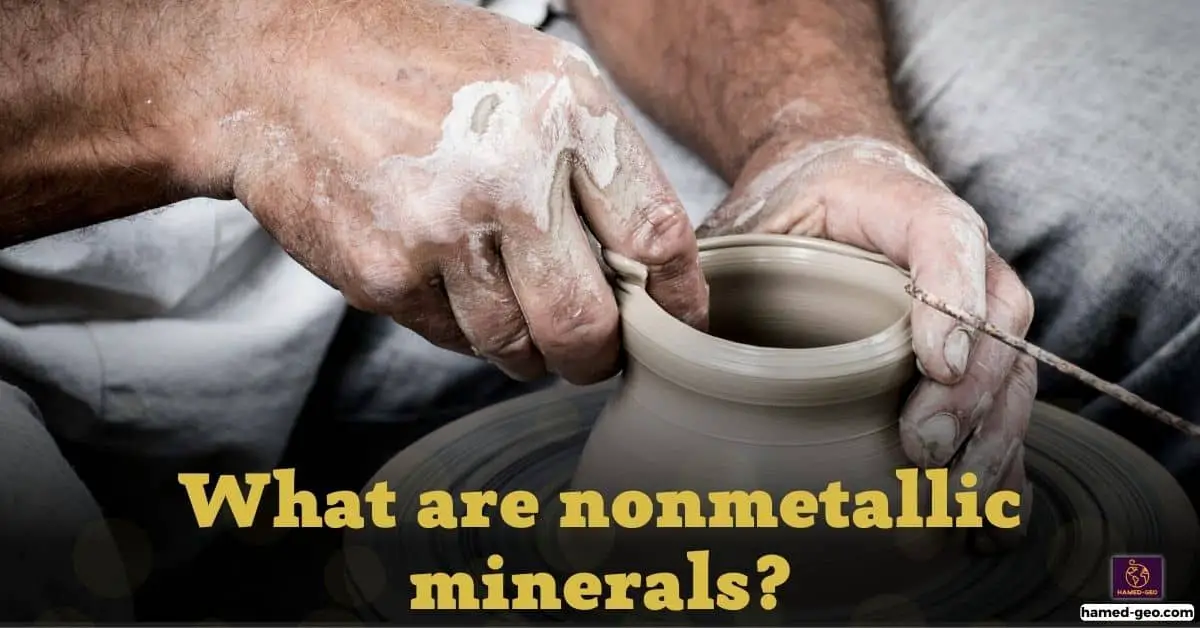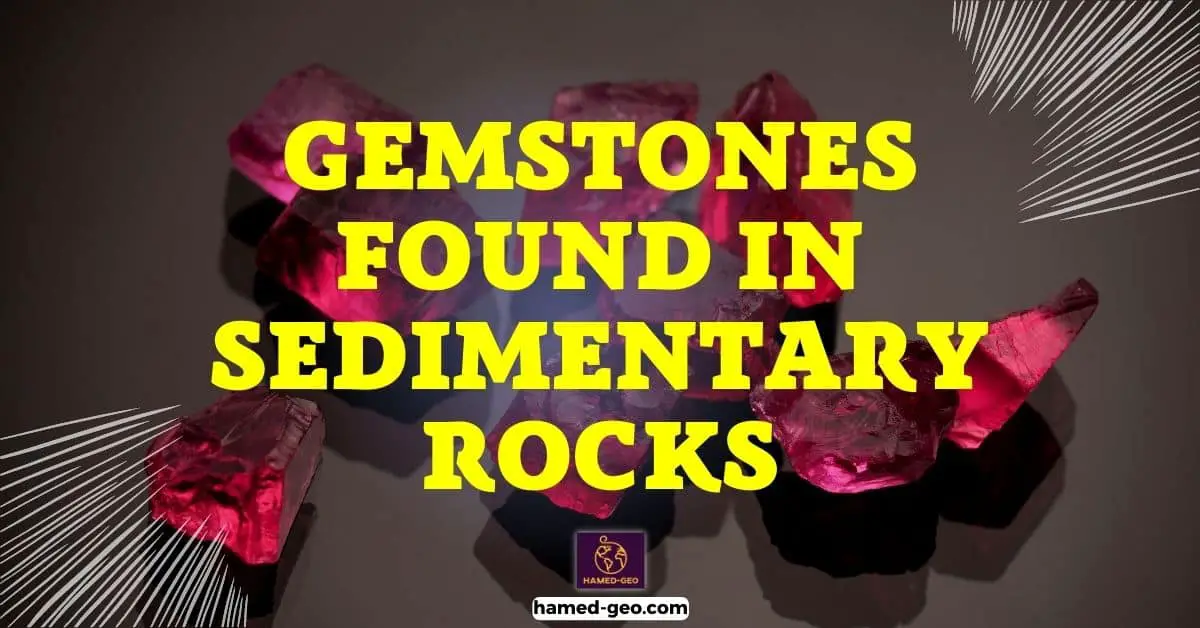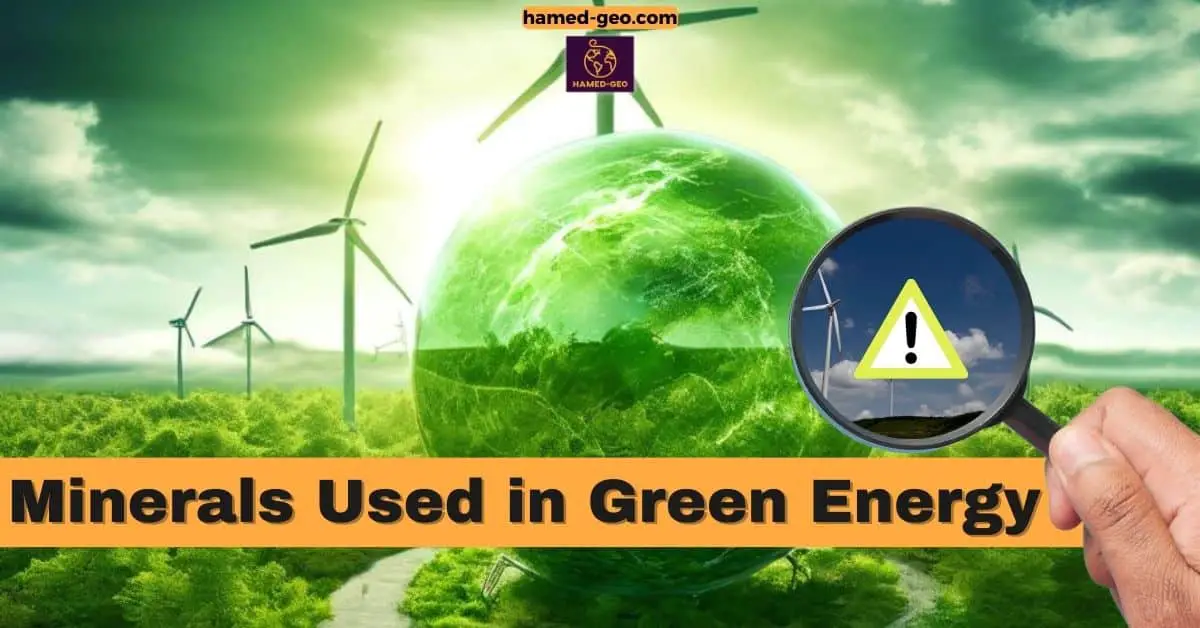Nonmetallic minerals are naturally occurring substances that do not contain any metal elements. These minerals have diverse applications in our daily lives, from construction and agriculture to electronics and cosmetics. In this blog post, we will discuss what are nonmetallic minerals and the significance of nonmetallic minerals, and their importance in our daily lives. We will also mention some examples of nonmetallic minerals commonly used today, such as limestone, gypsum, and quartz.
What Are Nonmetallic Minerals?
Nonmetallic minerals are naturally occurring substances that do not contain any metal elements. They are extracted from the earth’s crust and used for various purposes. Nonmetallic minerals can be classified into various categories, such as industrial minerals, construction minerals, and gemstones.
Examples of Nonmetallic Minerals
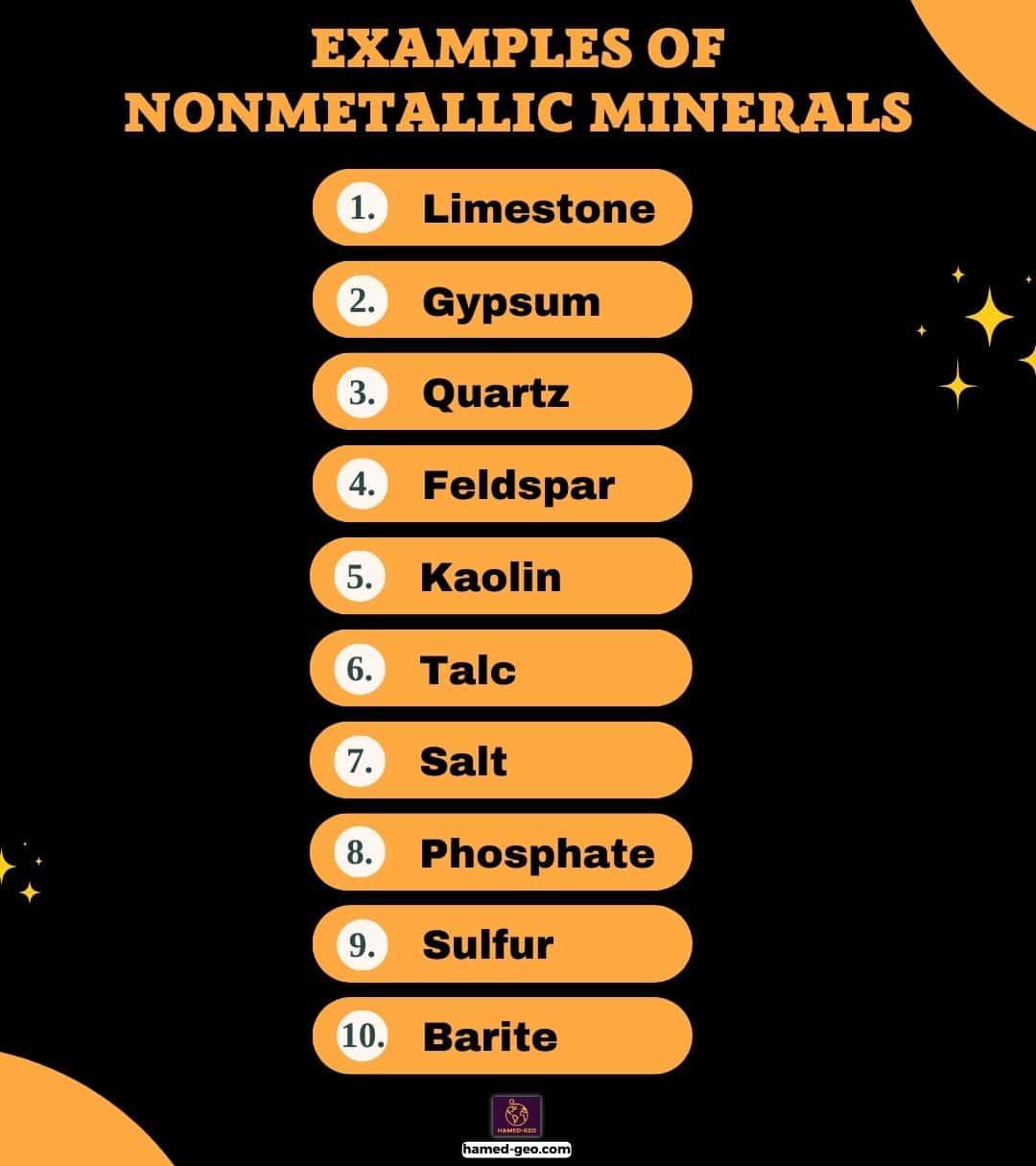
- Limestone: Limestone is a sedimentary rock composed primarily of calcium carbonate. It is commonly used in the construction industry for making cement, concrete, and building stones.
- Gypsum: Gypsum is a soft mineral that occurs in sedimentary rock deposits. It is widely used in the construction industry for making drywall, plaster, and cement.
- Quartz: Quartz is a mineral composed of silicon and oxygen. It is widely used in the electronics industry for making semiconductors, computer chips, and other electronic devices. It is also used in the manufacture of glass.
- Feldspar: Feldspar is a group of minerals that contains aluminum, silica, and potassium. It is used in the manufacturing of glass, and ceramics, and as a filler in paint, plastics, and rubber.
- Kaolin: Kaolin is a type of clay that is rich in kaolinite. It is used in the production of ceramics, and paper, and as a filler in paint, plastics, and rubber.
- Talc: Talc is a soft mineral that is composed of magnesium, silicon, and oxygen. It is used in the manufacture of cosmetics, ceramics, paint, and plastics.
- Salt: Salt is a mineral composed of sodium chloride. It is widely used in the food industry for flavoring and preserving food, and in the chemical industry for the production of chlorine and other chemicals.
- Phosphate: Phosphate is a mineral that contains phosphorus. It is used to produce fertilizers, animal feed, and detergents.
- Sulfur: Sulfur is a nonmetallic mineral that is commonly found near volcanoes and hot springs. It is used in the production of sulfuric acid, fertilizers, and in the vulcanization of rubber.
- Barite: Barite is a mineral that contains barium sulfate. It is used in the oil and gas industry for drilling fluids and in the production of paint, rubber, and plastics.
Differences between Nonmetallic and Metallic Minerals
Nonmetallic minerals differ from metallic minerals in several ways. Metallic minerals are composed of metals and have a metallic luster, while nonmetallic minerals do not contain metals and have a dull or earthy appearance. Metallic minerals are usually dense and have a high melting point, whereas nonmetallic minerals are generally less dense and have a low melting point.
Significance of Nonmetallic Minerals in Our Daily Lives
Nonmetallic minerals play a vital role in our daily lives. They are used in various industries such as construction, agriculture, electronics, and cosmetics. For instance, limestone is used in the construction of buildings, roads, and bridges. Gypsum is used in the manufacture of drywall and plaster. Quartz is used in the production of glass and electronics.
Formation and Characteristics of Nonmetallic Minerals
Nonmetallic minerals are a type of minerals that do not contain any metal elements. They are formed through various geological processes, such as sedimentation, precipitation, and crystallization.
limestone formed through the accumulation of calcium carbonate sediments. This process occurs over a long period, often millions of years, as sedimentation gradually builds up on the ocean floor. The pressure and heat from the earth’s crust cause the sediment to harden and form limestone rocks.
Quartz is formed through the crystallization of silicon dioxide. This mineral can be found in a variety of geological environments, including igneous rocks, sedimentary rocks, and metamorphic rocks. Quartz crystals can also form in hydrothermal veins and hot springs.
Gypsum is formed through the precipitation of calcium sulfate from saline water bodies or as a byproduct of industrial processes. It is a soft mineral with a hardness level of 2 on the Mohs.
Feldspar is a group of minerals that are abundant in the earth’s crust and are formed through the crystallization of aluminum silicates. They are commonly found in igneous rocks and have a hardness level of 6-6.5 on the Mohs scale.
Graphite is a form of carbon that is formed through the metamorphism of organic matter. It is a soft mineral with a hardness level of 1-2 on the Mohs.
Talc is a soft mineral with a hardness level of 1 on the Mohs scale. It is formed through the alteration of magnesium silicate rocks.
Halite also known as rock salt, is formed through the evaporation of saline water bodies. It has a hardness level of 2.5 on the Mohs scale.
Nonmetallic minerals are typically soft and have a low hardness level, making them easy to shape and process. They are also non-conductive, which makes them ideal for insulation and other electrical applications.
Types of Nonmetallic Minerals
Nonmetallic minerals are an essential part of our daily lives, with a wide range of uses in various industries. These minerals are not metals and do not have the physical and chemical properties of metals. There are various types of nonmetallic minerals, each with its unique properties and uses. We will discuss the various types of nonmetallic minerals and their applications.
Industrial minerals
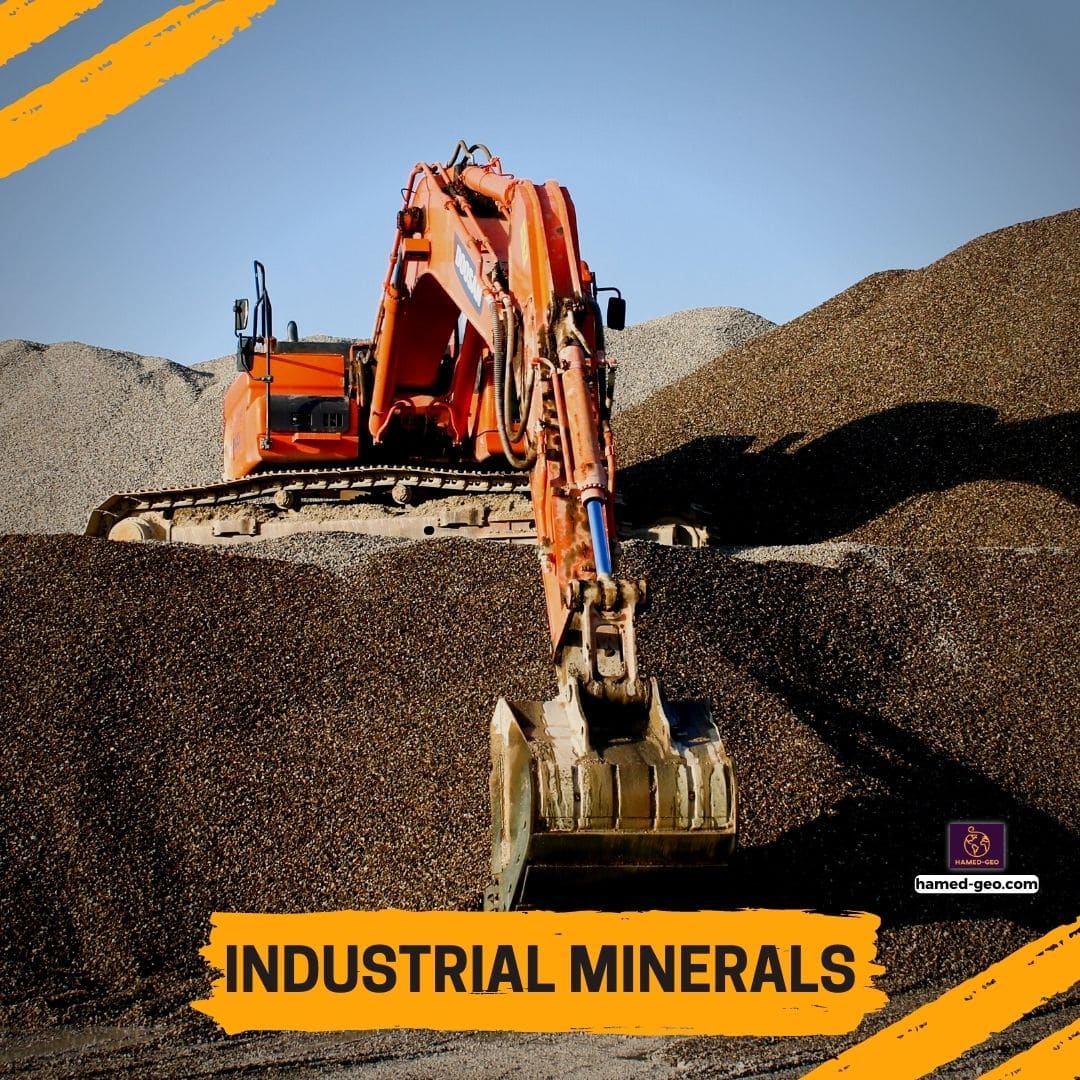
Industrial minerals are nonmetallic minerals that have industrial uses. These minerals are used in the manufacturing of various products and in multiple industries such as ceramics, glass, paper, plastics, and paints. Examples of industrial minerals include silica, mica, limestone, gypsum, and graphite. Silica is used in the production of glass, ceramics, and electronics, while mica is used in insulation, paint, and cosmetics. Limestone is used in the construction industry for the production of cement, gypsum is used in the production of plaster of Paris and talc is used in cosmetics and as a lubricant. Furthermore, nonmetallic minerals such as clay are used in the production of ceramics and porcelain, which are used in home decor and other industries.
Construction minerals
Construction minerals are nonmetallic minerals that are used in the construction industry. These minerals are used as building materials and in the construction of roads, bridges, and other infrastructure. Examples of construction minerals include sand, gravel, clay, and limestone. Sand and gravel are used in the production of concrete, while the clay is used in the production of bricks and tiles. Limestone is used as a building material and as a source of calcium carbonate. Without nonmetallic minerals, infrastructure development would be impossible.
Gemstones
Gemstones are nonmetallic minerals that are prized for their beauty and rarity. Gemstones are used in jewelry and other decorative objects. Examples of gemstones include diamonds, rubies, sapphires, emeralds, and opals. Diamonds are used in jewelry and in the cutting of other gemstones, while rubies and sapphires are also used in jewelry. Emeralds are used in jewelry and as a decorative stone, while opals are used in jewelry and as a source of silica.
Moreover, nonmetallic minerals contribute significantly to the energy sector. Coal, a nonmetallic mineral, is used as a source of energy for electricity generation.
In conclusion, nonmetallic minerals play an essential role in infrastructure development, manufacturing, energy production, and the jewelry industry. They contribute significantly to the economy and provide countless benefits to our daily lives. It is crucial to recognize their economic significance and ensure their sustainable extraction and usage to support future growth and development.
